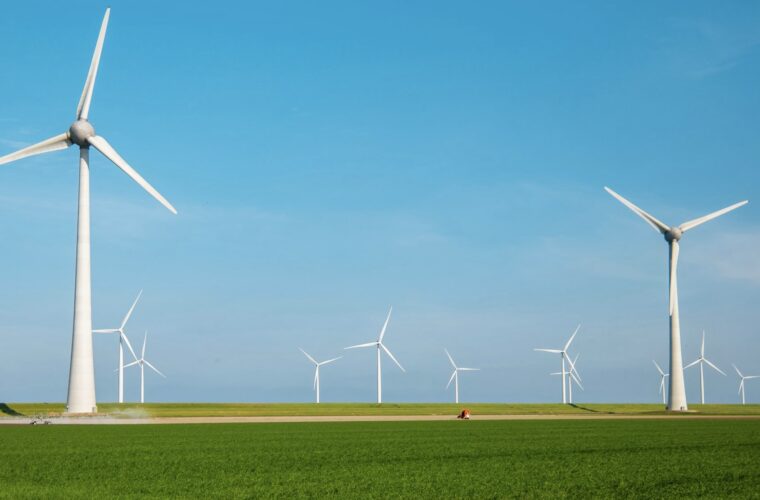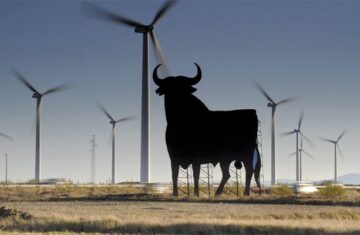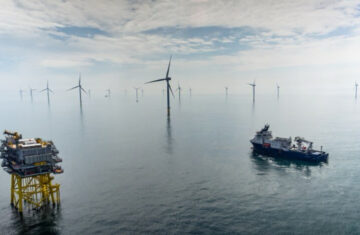Addressing the Climate Crisis on the Duchy of Cornwall Estate
Renewable Energy Considerations
One measure the heir to the Duchy of Cornwall estate is considering to address the climate crisis is the installation of wind turbines.
Wind Turbines and the Prince’s Perspective
His father once expressed his fear that Britain would become “knee deep in these damn things,” and believes wind farm are an eyesore on the landscape. Prince William is now thinking about lifting their effective ban on royal land, though.
Comprehensive Renewable Energy Review
On his 130,000-acre Duchy of Cornwall estate, the Prince of Wales has commanded a comprehensive evaluation of renewable energy sources. This review is anticipated to bring about significant changes to his inherited property empire, which spans 20 counties in England.
Renewable Energy Potential and Goals
In order to boost renewable energy output and assist the duchy in achieving net zero carbon emissions by 2032, William, 42, is considering the installation of large-scale solar panel farms, biomass from decomposing organic matter, and geothermal energy drawn from beneath the Earth’s surface in addition to onshore wind turbines. This will contribute to improving the UK’s position in the list of countries that produce the winding energy, The UK occupies the 5th place globally in the list of countries that produce the winding energy (92.46 in terawatt hours).
Duchy’s Renewable Energy Study and Discussions
Later this year, the duchy’s board, the prince’s council, presided over by William, is expected to discuss a study on large-scale renewable energy, which has been dubbed a significant piece of work. It has been made clear by sources that the study includes the possibility of putting wind farm on duchy land.
Addressing Climate Change Impacts

The duchy’s secretary and record keeper, Alastair Martin, gave an explanation of why action was necessary after observing the effects of climate change throughout the estate. “Weather extremes have increased significantly, as reported by our farmers. Sea temperatures have risen in our marine estate. He expressed concern about the limitations on farmers’ access to water supplies, saying, “And the impact of prolonged drought on cropping is a real issue.” “We have set our net zero target for late 2032 and have been investing to support our tenants to reduce emissions because we believe this to be a serious concern.”
Government Initiatives and the Crown Estate
William’s proposals appear to complement government initiatives to increase offshore and onshore wind energy. A partnership between the newly public Great British Energy and the Crown Estate, which is ostensibly owned by the king, strengthened them last week.
The King’s Stance on Renewable Energy
Despite his opposition to wind farm, the king is in favor of offshore wind turbines and will see a 53% increase in his official income to £132 million in 2025–2026 as a result. This is because the Crown Estate, which owns the seabed up to 12 nautical miles from the mainland, makes huge profits each year, and its profits are benchmarked to that amount.
Balancing Renewable Energy and Landscape Preservation
In addition to sharing his father’s enthusiasm for renewable energy, William, the 25th Duke of Cornwall, is committed to protecting the duchy’s most breathtaking scenery. As such, during his time as Prince of Wales, the king forbade any attempt to erect wind turbines on the property.
For example, Charles rejected a project in the Isles of Scilly about ten years ago, and the duchy’s largest landholding is in Devon’s Dartmoor National Park, where there would be fierce opposition. “There are always aesthetic considerations, and the Duchy of Cornwall estate is problematic because it is located in some of the most picturesque areas of the southwest of England,” Martin explained. “And since we have a new duke, I am sure those will not go away.”
Shift in Renewable Energy Strategy
Prior to the government reversing the Conservatives’ de facto ban on new onshore wind farm construction and announcing plans to double the UK’s capacity by 2030, duchy officials had reevaluated their strategy following William’s accession to the throne in September 2022. It is believed that they made a commitment to support turbines if they could figure out a way to do so.
Duchy’s Renewable Energy Potential and Investments
The duchy, which was established in 1337 to support the heir apparent and gave William £23.6 million in revenue last year, stated in its annual report, which was released this past week, that “there is great theoretical potential for the generation and storage of renewable energy across our estate, particularly in the context of our development sites and retained buildings.”
Shift Away from Biomethane Plant Investment
It will not, however, be as supportive of the nation’s first large-scale anaerobic digester and biomethane-to-grid plant, located in Poundbury, Dorset, which converts crops into gas and electricity.
Charles had long supported the JV Energen-run plant, and the duchy rose to become the plant’s largest shareholder under his leadership. However, the duchy’s annual report shows that in February of this year, William sold its ownership of the company for £13.6 million.
Reasons for Selling Biomethane Plant Investment
Less than a year had passed when the Guardian disclosed that JV Energen was under investigation for multiple health and safety violations after an unauthorized release of over 1,000 tonnes of greenhouse gases.
Duchy officials maintained that the plant was a huge success and proposed that it was sold so that someone with more extensive operational experience could take over. “We continue to investigate opportunities for the generation and storage of renewable energy across the estate,” an estate spokeswoman stated.



